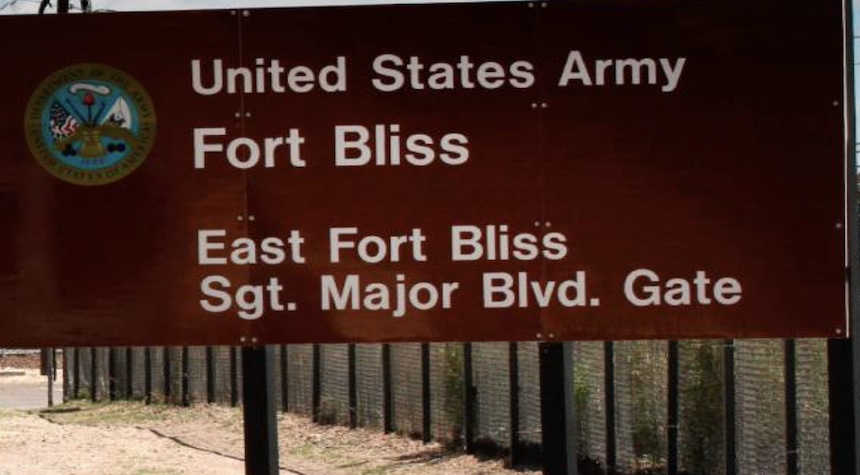The United States Immigration and Customs Enforcement agency, known as ICE, is preparing to open a large-scale detention facility at Fort Bliss, Texas, on August 17th. This development is part of the current administration’s efforts to increase deportations of individuals who have entered the country illegally.
The new facility at Fort Bliss will initially accommodate 1,000 detainees, with plans to expand its capacity to 5,000 beds over the next two years. The Department of Defense reports that this project, known as Camp East Montana, is being constructed under a contract valued at up to $1.2 billion.
Pentagon press secretary Kingsley Wilson has described the Fort Bliss facility as “the largest federal detention center in history” to deport individuals who are in the country illegally. ICE officials state that the site will provide detainees with access to legal representation, a law library, and recreational space.

This expansion of detention capacity comes at a time when the administration’s immigration policies face legal challenges. On the same day as the Fort Bliss announcement, a federal judge in Florida temporarily halted construction of another detention site in the Everglades, citing non-compliance with environmental laws.
We see that despite opposition, the administration continues to pursue its strategy. The Department of Homeland Security has announced plans for an additional facility in Indiana, approximately 75 miles from Indianapolis. This site, colloquially referred to as the “Speedway Slammer,” is set to add 1,000 more detention beds through a state partnership.
The evidence suggests that these developments represent a significant escalation in the government’s approach to immigration enforcement. As with many complex issues, there are compelling arguments on both sides. Supporters of these measures argue they are necessary for effective border control, while critics raise concerns about the conditions and necessity of large-scale detention.
This situation raises important questions about the balance between immigration enforcement and humanitarian considerations. As these facilities continue to open and expand, their impact on communities, detainees, and the broader immigration debate will likely remain a subject of intense scrutiny and discussion.


